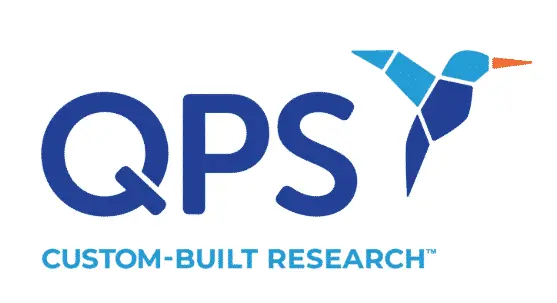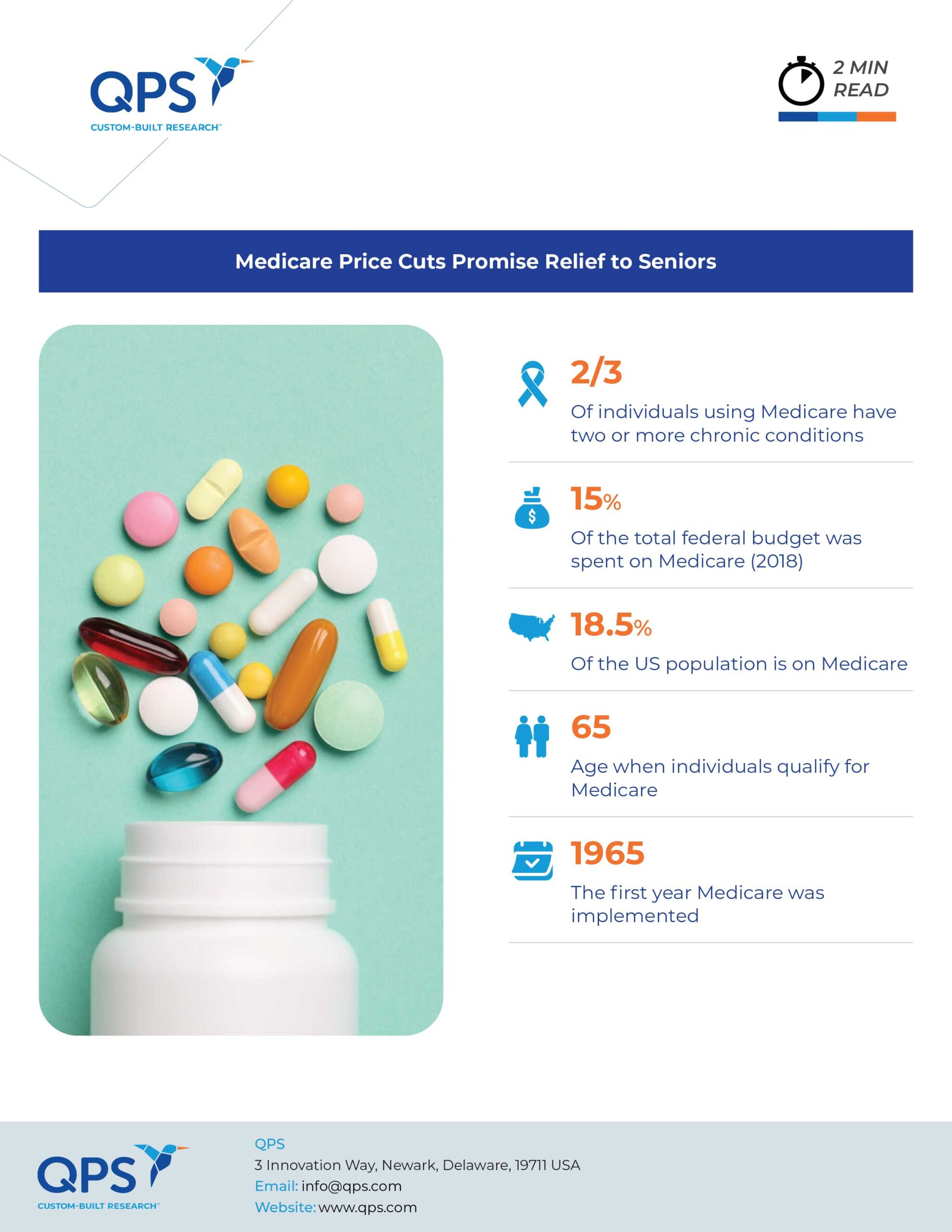In a historic move, the White House announced steep price reductions for ten prescription drugs under Medicare thanks to the Inflation Reduction Act (IRA). This landmark legislation, aimed at lowering costs for Medicare recipients, has forced pharmaceutical companies to negotiate and cut Medicare prices significantly on selected medicines. Nine of ten drugs included in the first round of mandated negotiated price reductions had their prices fall by at least 50 percent. Among the most affected are diabetes medications, with the monthly costs of Merck’s Januvia® decreasing 79 percent, from $527 to $113 and Novo Nordisk’s Fiasp® declining 76 percent, from $495 to $119.
Johnson & Johnson Responds to Triple Threat
The price reductions impacted three Johnson & Johnson drugs. The price of Imbruvica® for lymphocytic leukemia and small lymphocytic lymphoma decreased by 38 percent, down to $9,139 from $14,934. The company’s autoimmune drug Stelara® faced a 66 percent reduction, while the price of their blood thinner Xarelto® was cut by 62 percent. Responding to the changes, Johnson & Johnson warned that these cuts could reduce access to vital medications. “The reality of the IRA’s government price setting for US patients will be higher costs, and as seen in other countries with government dictated prices, restricted access and fewer medicines,” a company spokesperson commented. “Furthermore, the law’s arbitrariness and lack of standardized scientific approach in evaluating clinical evidence undervalues the benefit our medicines deliver to millions of patients.”
Resistance from Pharma
Additional pharmaceutical companies have voiced their discontent. Novartis, whose heart failure drug Entresto® was affected, reiterated its belief that the IRA’s price-setting provisions are unconstitutional, claiming they would limit future access to essential medicines. Bristol Myers Squibb, facing a 56 percent price reduction for their drug Eliquis®, said that the negotiated price “does not reflect the substantial clinical and economic value of this essential medicine, which is widely recognized for its effectiveness in reducing stroke-related events, hospitalizations and extended rehabilitation needs.” PhRMA, the industry’s trade group, criticized the legislation as a “litany of false promises,” suggesting that the real issue—insurance companies’ control over out-of-pocket costs—remains unaddressed. Although companies have tried to challenge the law’s constitutionality in court, such cases have failed.
A Victory for Medicare
For the government, this is a victory. If these price reductions had been in effect last year, the Department of Health and Human Services (HHS) announced that Medicare would have saved an estimated $6 billion. “Americans pay too much for their prescription drugs. That makes today’s announcement historic,” said HHS Secretary Xavier Becerra. According to an HHS statement, the ten selected drugs accounted for about 20 percent of Medicare Part D spending in 2023, and the government spending on them had more than doubled from 2018 to 2022.
The IRA also caps annual out-of-pocket costs for Medicare patients at $2,000, providing direct financial relief to patients. The Kaiser Family Foundation has estimated that 1.2 million Medicare members paid more than $2,000 in 2019.
Looking Ahead
These price cuts will take effect in 2026, giving pharmaceutical companies time to adjust. However, this is just the beginning. The IRA mandates that another 15 drugs enter the negotiation process in 2027, and the process will gradually expand each year.
In addition, the IRA requires drugmakers to pay rebates if their Medicare prices increase faster than inflation. This has already resulted in penalties for companies like Novartis and Amgen.
As more drugs come under the IRA’s scope, the pharmaceutical industry will continue to grapple with the implications of these sweeping changes. The road ahead promises more legal challenges, industry pushback and potentially significant shifts in how drugs are priced and accessed by Medicare recipients.
Did you enjoy this blog post? Check out our other blog posts as well as related topics on our Webinar page.
QPS is a GLP- and GCP-compliant contract research organization (CRO) delivering the highest grade of discovery, preclinical and clinical drug research development services. Since 1995, it has grown from a tiny bioanalysis shop to a full-service CRO with 1,100+ employees in the US, Europe and Asia. Today, QPS offers expanded pharmaceutical contract R&D services with special expertise in pharmacology, DMPK, toxicology, bioanalysis, translational medicine and clinical development. An award-winning leader focused on bioanalytics and clinical trials, QPS is known for proven quality standards, technical expertise, a flexible approach to research, client satisfaction and turnkey laboratories and facilities. Through continual enhancements in capacities and resources, QPS stands tall in its commitment to delivering superior quality, skilled performance and trusted service to its valued customers. For more information, visit www.qps.com or email info@qps.com.








